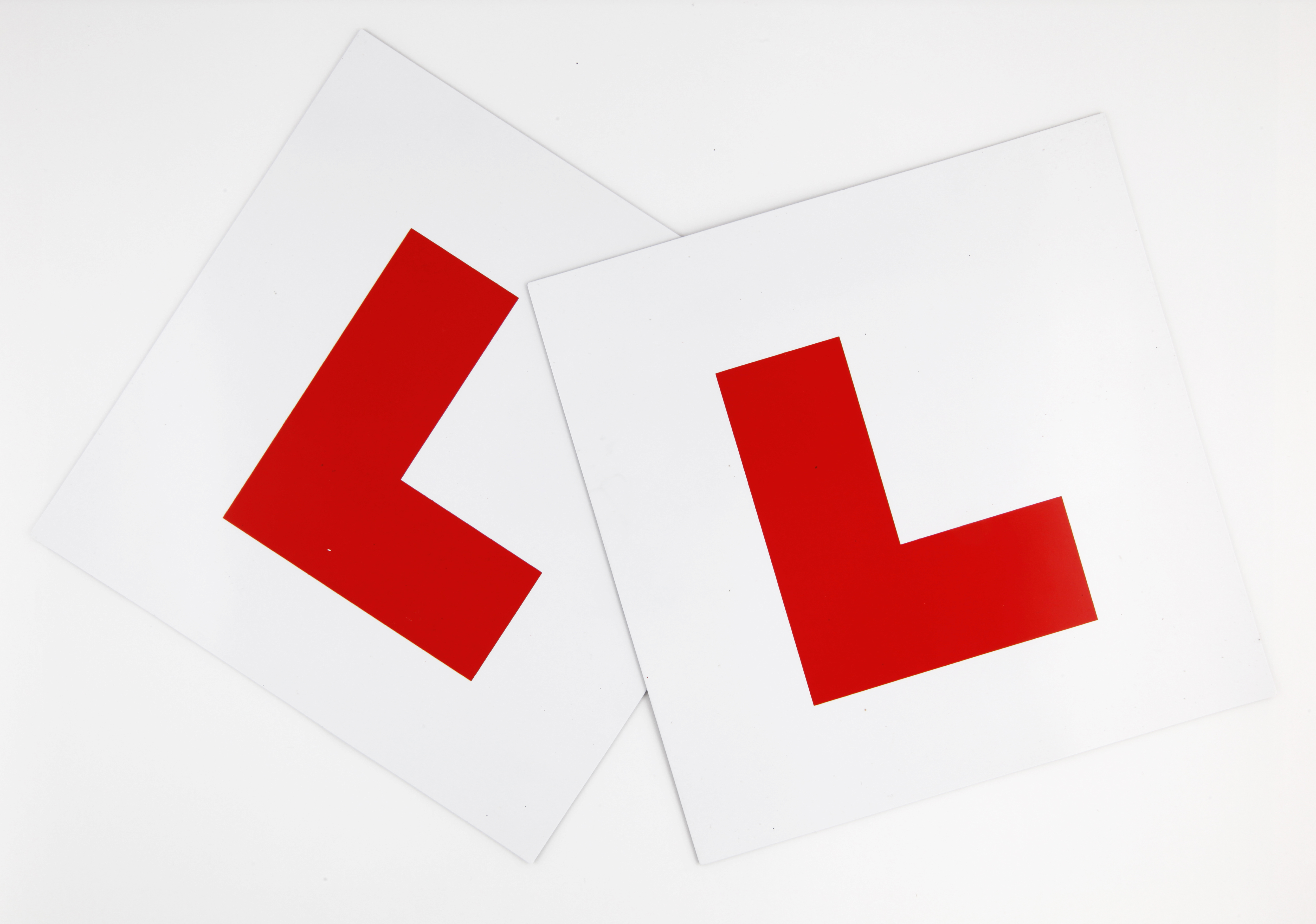Proportion is higher than pre-Covid
More than one in six jobs being advertised in the UK requires applicants to be able to drive, analysis suggests.
Research by the RAC Foundation shows that in the first week of October 2023 a total of 1,092,172 recruitment ads were posted on the job vacancy aggregator site Adzuna.
Of the 1,092,172 advertisements, 189,608 (17.4%) explicitly or implicitly required those applying to have at least a standard driving licence because the job was either:
- specifically for a driver,
- or required driving during the course of work,
- or a car was needed to reach work (due to reduced accessibility by public transport).
The analysis looked at data for the same week in October in the eight years from 2016 to 2023, inclusive.
Whilst the highest proportion of jobs requiring the ability to drive was seen in 2020 at the height of the pandemic (120,190 out of 611,702, or 19.6%) the proportion for 2023 was still higher than in any of the four years pre-Covid.
Table 1. Job adverts and driving requirements, 2016-2023 (first week of October in each year):
| Year | All Adzuna Adverts | ||
| Driving | Total | Driving % | |
| 2016 | 178,535 | 1,173,630 | 15.2 |
| 2017 | 187,334 | 1,178,276 | 15.9 |
| 2018 | 182,840 | 1,141,802 | 16.0 |
| 2019 | 167,323 | 1,070,039 | 15.6 |
| 2020 | 120,190 | 611,702 | 19.6 |
| 2021 | 241,536 | 1,296,599 | 18.6 |
| 2022 | 185,792 | 1,083,525 | 17.1 |
| 2023 | 189,608 | 1,092,172 | 17.4 |
| Total | 1,453,158 | 8,647,745 | 16.8 |
Using specific occupation categories as defined by the Office for National Statistics (ONS), the data revealed that the need to drive was, to a greater or lesser degree, a requirement in a wide variety of roles, for example:
- 100% of driving instructors
- 67% of plumbers
- 59% of estate agents and auctioneers
- 34% of care workers and home carers
The data contained adverts for 97% (398) of all occupations registered by the Office for National Statistics (ONS) in the UK labour market.
Table 2: Top occupations with driving as an explicit or implicit requirement in job ads (2023)
| Rank | Occupation
(based on Office for National Statistics classifications) |
% of ads for this occupation |
| 1 | Driving instructors | 100 |
| 2 | Large goods vehicle drivers | 99.3 |
| 3 | Road transport drivers (not classified elsewhere) | 97.9 |
| 4 | Delivery drivers and couriers | 95.6 |
| 5 | Plumbers and heating and ventilating installers and repairers | 67.5 |
| 6 | Vehicle technicians, mechanics and electricians | 64.4 |
| 7 | Estate agents and auctioneers | 58.5 |
| 8 | Vehicle and parts salespersons and advisers | 51 |
| 9 | Metal working production and maintenance fitters | 41.7 |
| 10 | Carpenters and joiners | 37.8 |
| 11 | Electricians and electrical fitters | 34 |
| 12 | Chartered surveyors | 34 |
| 13 | Care workers and home carers | 33.9 |
| 14 | Social workers | 33.7 |
| 15 | Business sales executives | 31.9 |
| 16 | Fork-lift truck drivers | 31.9 |
| 17 | Property, housing and estate managers | 29.9 |
| 18 | Sales accounts and business development managers | 22.9 |
| 19 | Quantity surveyors | 22.2 |
| 20 | Production managers and directors in construction | 21.9 |
| 21 | Civil engineers | 21 |
| 22 | IT user support technicians | 13.3 |
| 23 | Warehouse operatives | 12.9 |
| 24 | Business and financial project management professionals | 11.3 |
| 25 | Sales and retail assistants | 11.1 |
| 26 | Human resources and industrial relations officers | 10.6 |
| 27 | Customer service occupations (not classified elsewhere) | 10.6 |
| 28 | Advertising and marketing associate professionals | 10.3 |
| 29 | Other registered nursing professionals | 7.5 |
| 30 | Chefs | 7.3 |
Note: When the driving requirement is expected to be at 100%, but shows lower values (e.g. 99.3% of “Large goods and vehicle drivers”), the discrepancy may be because: 1) the text search was not fully able to capture the driving requirements in the job adverts; 2) some driver or courier jobs may not require holding a driving licence, or no driving requirement is explicitly or implicitly stated; 3) the ONS Standard Occupational Classification is incorrectly attributed. Source: Adzuna.
The sectors least likely to require job applicants to have the ability to drive were: teaching and education; culture, media and sport; and secretarial and administrative.
According to the ONS the average cost of a driving lesson is £35 per hour however they can be anywhere between £20 and £60.
Steve Gooding, director of the RAC Foundation, said:
“Our research shows that when it comes to getting work a driving licence can be a crucial qualification. Little wonder official figures show that about 45% of all driving tests conducted during 2022-23 involved candidates aged 20 or younger.
“Despite the predictions of a post-pandemic work-from-home legacy the data suggests that when it comes to driving as an employment qualification, things today look very similar to what they did before Covid struck.
“If anything, the one in six headline figure underestimates the importance of being able to drive for roles in locations, or with shift patterns, that make them inaccessible by public transport.
“Many of those job ads which list a driving requirement are in relatively poorly-paid sectors, such as the caring profession – something the chancellor should have in mind when making decisions that influence the cost of motoring and which impact on those who are already struggling to pay for the transport they can’t do without.
“It is unsurprising that the proportion of employers looking for people to be able to drive reached a peak during the pandemic, when we came to fully appreciate how key our truckers and delivery drivers are to daily life.”
ENDS
Contact:
Philip Gomm – Head of External Communications – RAC Foundation
[email protected] | 07711 776448
Notes to editors:
The RAC Foundation is a transport policy and research organisation that explores the economic, mobility, safety and environmental issues relating to roads and their users.
The Foundation publishes independent and authoritative research with which it promotes informed debate and advocates policy in the interest of the responsible motorist. All the Foundation’s work is available at: www.racfoundation.org
The report is available to download here:
Driving requirements were identified through a text search of job adverts. Search criteria were classified in four major classes:
- plain licence,
- driving jobs,
- driving in the course of work,
- driving to work.
Multiple criteria may apply to a single advert.


